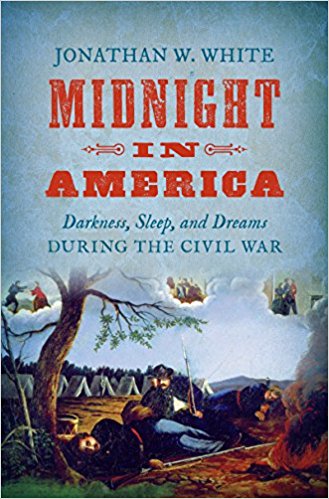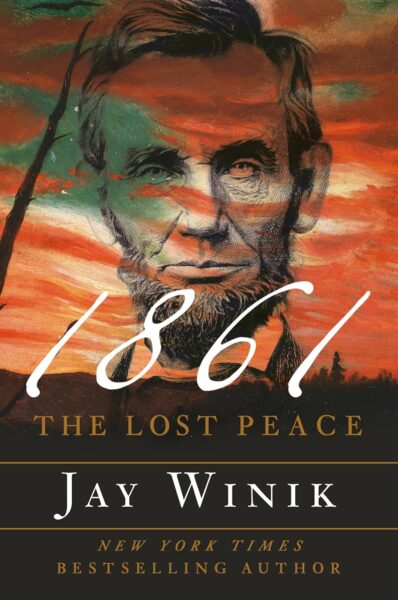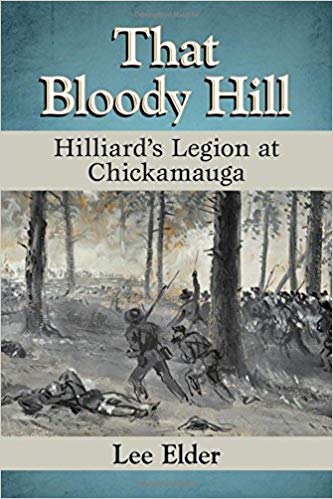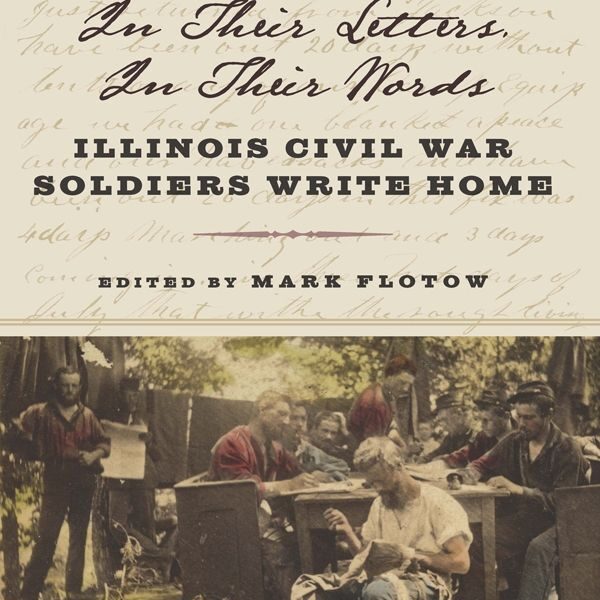Midnight in America: Darkness, Sleep, and Dreams During the Civil War by Jonathan W. White. University of North Carolina Press, 2017. Cloth, ISBN: 978-1469632049. $34.95
 Jonathan White’s new book claims that historians have overlooked the significance of sleep and dreams to Civil War era Americans. Taking seriously soldiers and civilians’ dreams, their descriptions and interpretations, White declares, provides valuable insight into their “emotional worlds” (xx).
Jonathan White’s new book claims that historians have overlooked the significance of sleep and dreams to Civil War era Americans. Taking seriously soldiers and civilians’ dreams, their descriptions and interpretations, White declares, provides valuable insight into their “emotional worlds” (xx).
White begins his book by emphasizing the severe lack of sleep many soldiers (and civilians) suffered throughout the war. The adjustment to military life was not an easy one, and regular rest became a luxury. Men in the field faced a host of challenges to a good night’s rest, not the least of which was the mundane cacophony of camp. In addition, exposure, illness and bugs all could detrimentally affect soldiers’ rest. Further, soldiers could be executed for sleeping at their post (though White finds all such sentences commuted). As the war dragged on in its brutality, military officials recognized that wearied soldiers were not craven or cowardly; they were often physically (and mentally) exhausted.
The discussion of sleep and its significance is actually only a small part of the study; the bulk of White’s book, and it seems his main interest, is in dreams. He probes dreams to understand soldiers and civilians’ aspirations, fears and deepest desires. Dreams served to foretell the future—and sometimes with terrible accuracy, as when soldiers dreamed of their own deaths and thereafter died. White finds that dreams acted as motivators, too, helping men and women sustain the war’s sufferings. He recognizes that bad dreams or nightmares could also discourage, demoralize and even terrorize. Nonetheless, White insists from his study of some 400 “dreams, nightmares and presentiments from the Civil War era,” that the majority were positive, even comforting (186). They helped, he writes, Americans find meaning and purpose in the midst of terrible conflict.
In seeking to be comprehensive, White also looks at civilians and slaves’ dreams. But a good bit of his material comes from published and well-known figures such as Abraham Lincoln, Jefferson Davis, Alexander Stephens and Harriet Tubman. White notes differences between white Christians and slaves, the latter influenced by what he terms “Afro-Christian dream culture” (100). He further finds that southern women, for whom the war was more immediate, expressed different aspirations and fears as compared to northern females.
White additionally surveys popular culture, looking at contemporary newspapers, fiction, music and illustrations. Idealized images of sleeping soldiers (often dreaming of home) were popular motifs, shaping in White’s words “popular opinions during the war” (123). Noting how often these stylized versions of soldiers’ dreams matched those found in letters and dairies, White contends that this does not mean private letters were any less “authentic” or somehow entirely contrived. Civil War soldiers, White insists, “really dreamed” (137). In the case of postwar accounts and references to “dying dreams,” he admits: “we will never know with certainty which of these dreams and presentments actually occurred and which were fabricated after the war” (103). Yet many of his sources, printed and unpublished, seem to repeat familiar cultural tropes and sentimental clichés of devoted soldiers and pining spouses. This does not make their words any less “truthful”; they simply reflect broader cultural mores and expectations.
Which brings us to White’s views on modern psychology. One the one hand, he seems comfortable referencing sleep experts, especially when it comes to the physiological effects of sleep deprivation. “Today,” he writes, “we understand that the human body requires a fixed amount of rest in order for the brain’s motor skills to function properly” (6). At times, he uses terminology credited to psychiatrists and other sleep experts, noting the damage sleep depravation could have on soldiers’ “physical health, mental well-being and sleep depravation” and the intensity of dreams(xix). He acknowledges, too, that some slaves were “so psychologically tortured by their existence that they could not sleep at night” (85). White further concedes that the trauma of war could have mental ramifications manifested in veterans’ nightmares or inability to sleep. On the other hand, he is frequently dismissive of psychological analyses of sleep, dreams or exhaustion. He maintains that “dream theories are contested and constantly changing,” and thus basing his study on such “current theories” would make it “anachronistic” (xviii). Yet knowledge, gained from both present-day scientists and physicians as much as psychologists, and psychiatrists, can helps us better understand the behavior and reactions of nineteenth century Americans.
Despite White’s concern with alleged presentism, he is not always careful with his own source base. Much of his book relies heavily on published, postwar accounts, without much distinction in his analysis. He freely quotes John McElroy’s Andersonville memoir as he does the WPA narratives, yet both have proven controversial texts. At least acknowledging the complications of using such sources (as he does with using “modern” psychiatry) would have been welcome; instead, White samples these sources, printed and unpublished, wartime and postwar, liberally. The reader is left to judge their reliability and context.
Perhaps the most engaging chapter in the book is “Lincoln’s Dreams of Death.” This is a topic familiar to scholars and Civil War enthusiasts; Steven Spielberg memorably depicted one of the dreams Lincoln allegedly had predicting his own assassination. Here, White details varying versions of Lincoln’s dreams of death, assessing accuracy and sources and their larger meaning. He states that stories of his dreams “captured the American imagination, perhaps because it confirmed something supernatural about Lincoln, his clairvoyant gifts” (154).
Midnight in America is a wide-ranging and fascinating study, not without its faults. Certainly it reminds us of the haunting effects war can (and does) have on its participants long after the fighting ends.
Lesley J. Gordon is the Charles G. Summersell Chair of Southern History at the University of Alabama and the author or editor of many books on the Civil War era.




